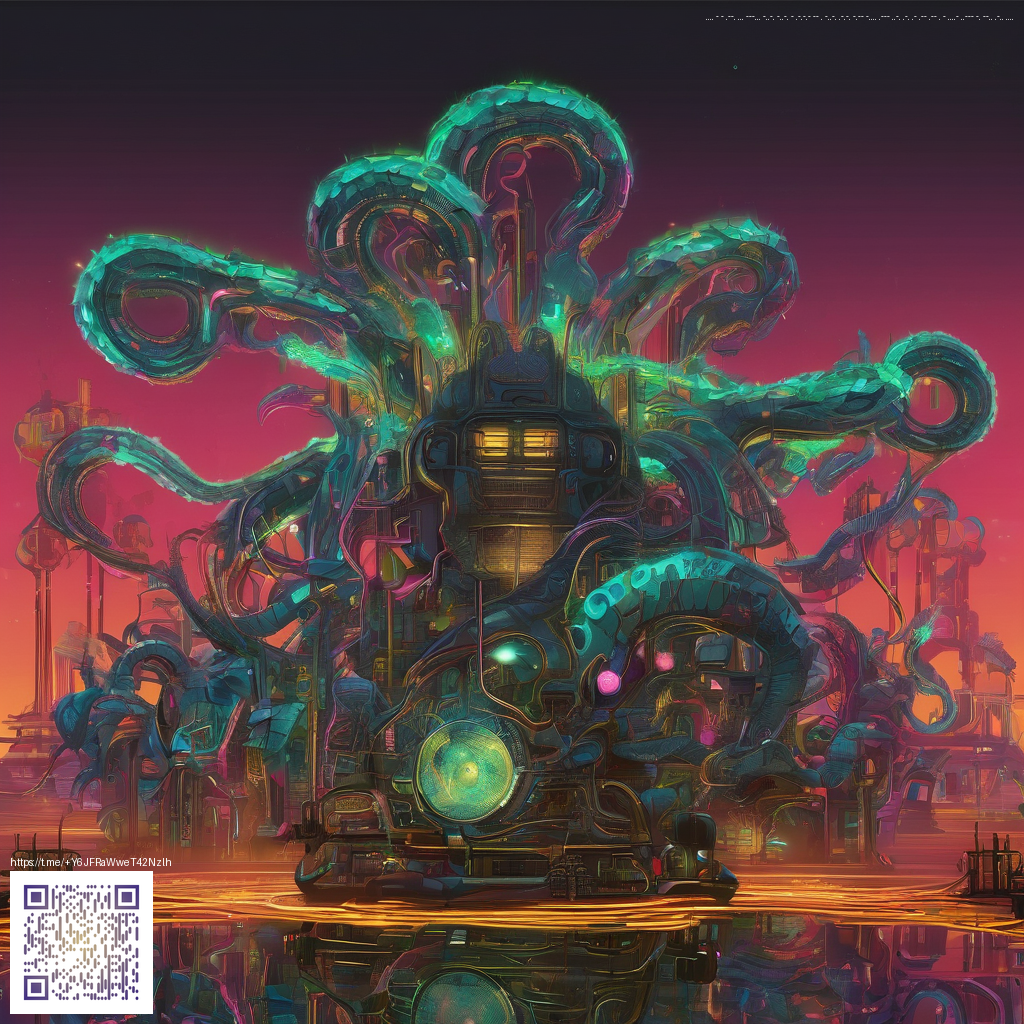
Immersive Learning: Virtual Reality Redefining Education
Virtual reality is moving beyond novelty to become a practical engine of learning. In classrooms and online programs alike, VR creates spaces where students don’t just read about concepts—they inhabit them. From exploring the human body at a microscopic scale to stepping onto distant planets, immersive environments turn abstract ideas into tangible experiences. The result is a more active, inquiry-driven form of education where students build knowledge by doing, reflecting, and collaborating in real time.
Why VR Matters in the Classroom
The appeal of VR stems from its core strength: immersion. When learners wear a headset and enter a carefully designed scenario, their attention sharpens, motivation rises, and cognitive load is redirected toward meaningful tasks. This isn’t about replacing traditional teaching; it’s about expanding the possibilities for what students can access and practice.
VR is not a gimmick; it’s a pedagogy that invites exploration, collaboration, and responsible experimentation at scale.
Key Benefits in Practice
- Engagement andRetention: Complex concepts become memorable through simulation and interactive visuals.
- Safe, Controlled Environments: Learners can perform high-stakes procedures or hazardous experiments without real-world risk.
- Perspective-Taking and Empathy: Immersive stories and historical reenactments foster empathy by letting students inhabit lived experiences.
- Personalized, Hands-On Practice: VR enables deliberate practice with immediate feedback, supporting mastery at individual paces.
Learning Outcomes That Matter
Beyond performance on tests, VR supports skills like systems thinking, collaboration, and adaptability. When students can manipulate variables, visualize data, and receive guided feedback, they develop a deeper conceptual framework. Educators report that VR helps bridge knowledge gaps and helps learners transfer insights across domains—an outcome that’s increasingly valued in interdisciplinary curricula.
Challenges and Considerations
- Cost and Access: Hardware, software, and ongoing maintenance can be barriers for some institutions.
- Content Curation: Quality VR modules require thoughtful alignment with standards and learning goals.
- Teacher Readiness: Effective integration depends on training, time for planning, and technical support.
- Health and Comfort: Screen time, motion sickness, and accessibility must be addressed thoughtfully.
- Privacy and Safety: Schools must establish clear policies around data use and device handling.
A Practical Roadmap for Schools
Implementing VR thoughtfully yields the best results. Consider this phased approach to integrate immersive learning without overreaching resources.
- Start with a Pilot: Choose a single grade level or subject with clear objectives, such as biology lab simulations or geographic explorations.
- Match Hardware to Goals: Decide between standalone headsets, classroom carts, or BYOD strategies based on the content and budget.
- Curate and Create Content: Select high-quality modules aligned to standards, and commission custom experiences when gaps exist.
- Invest in Pedagogy: Provide teacher workshops, co-planning sessions, and a repository of best practices.
- Assess with Purpose: Use performance tasks, reflective journals, and collaborative projects to gauge impact.
In practice, successful VR adoption blends technical setup with strong instructional design. Teachers who frame VR activities around inquiry questions—such as “What happens to X if Y changes?”—tend to see deeper exploration and more collaborative dialogue among students. Pair VR experiences with debriefs, where learners articulate what they discovered, what surprised them, and how their mental models evolved.
Design Tips for Effective Immersion
- Keep Scales Reasonable: Start with near-realistic temps and scales before tackling grand, expansive simulations.
- Embed Clear Learning Goals: Each VR activity should map to specific standards and competencies.
- Balance Immersion with Reflection: Schedule post-immersion discussions, prompts, and summaries to consolidate learning.
- Address Accessibility: Provide alternatives for students unable to use headsets and ensure content is captioned and navigable.
The Future of VR in Education
As hardware becomes more affordable and content ecosystems mature, VR is likely to become a standard element in many classrooms. Advances in artificial intelligence may tailor experiences to individual learners, offering adaptive challenges that stretch students without overwhelming them. More immersive scientific visualizations, collaborative simulations, and field trips that previously existed only in imagination or travel budgets are within reach. The aim is not to replace teachers but to amplify their capacity to spark curiosity, scaffold skill development, and democratize access to experiences once out of reach.
Educators who embrace immersive learning describe a shift from passive reception to active co-creation. When students design their own VR experiments, present findings to peers, and iterate on feedback, learning becomes a shared, dynamic process. The technology then serves as a bridge—connecting curiosity to understanding, and possibility to demonstration.
For schools ready to explore, the question isn’t whether VR belongs in education, but how to weave it into a thoughtful, sustainable plan that centers student growth, inclusivity, and pedagogical clarity. With intentional design, VR can redefine not just what students learn, but how they come to understand the world around them.